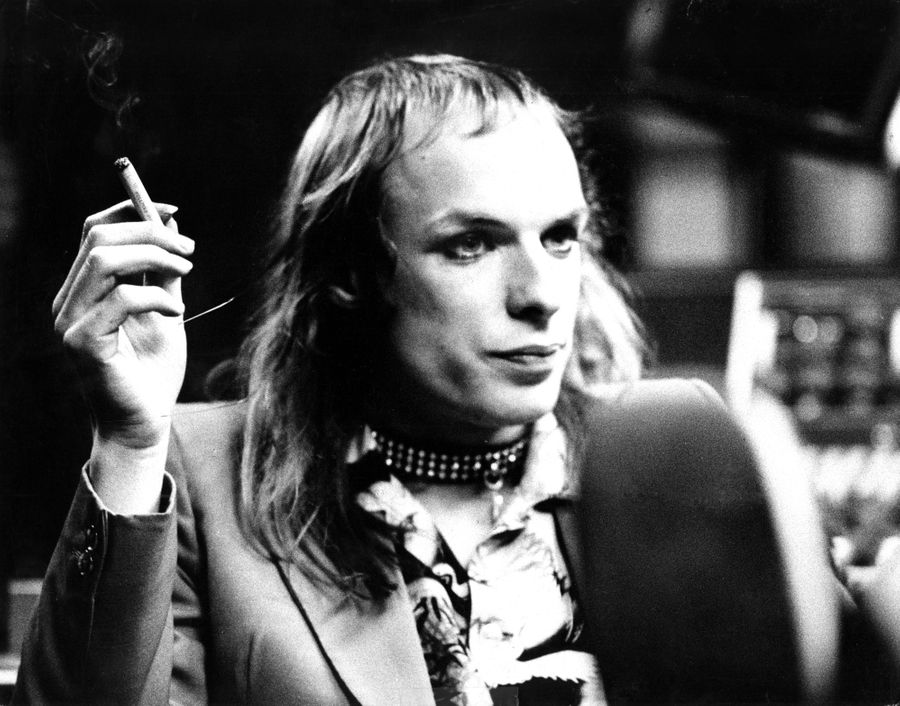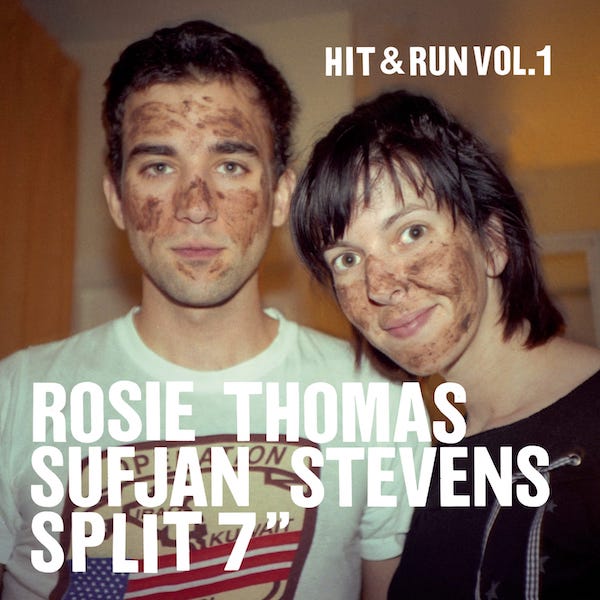Brian Eno Widely regarded as one of the pioneers of generative music, Brian Eno has been creating ambient and generative…
Tag: bjork
New Bjork cover song from Rosie Thomas, Sufjan Stevens, The Shins and others
For her new Bjork cover of “All is Full of Love,” indie musician and singer Rosie Thomas enlisted an ‘indie’…

